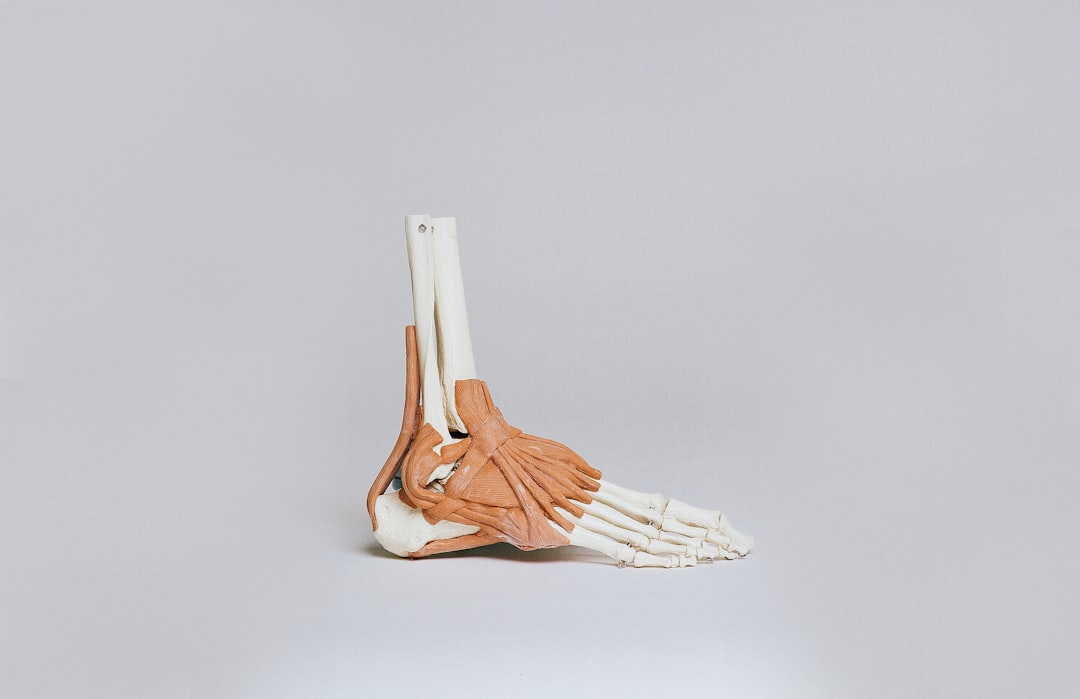What is it about?
RED-S is a syndrome of impaired health and performance in sport, which occurs as a result of low energy availability (LEA). Whilst many health effects associated with RED-S have been widely studied from a physiological perspective, research exploring the psychological aspects of the syndrome was required. Therefore, the aim of this study was to qualitatively explore athlete experiences of RED-S. Twelve endurance athletes took part in semi-structured interviews designed. Regardless of how RED-S was initiated, all athletes experienced a multitude of physiological impairments, accompanied by significant psychological distress. This paper contributes novel understanding of the complex interplay between physiological and psychological components of RED-S from the perspective of information-rich cases. The findings suggest that educational prevention and awareness interventions are vital for athletes and support personnel, such as coaches, parents, dieticians, psychologists, and sports medicine staff.
Featured Image

Photo by Aliaksei on Unsplash
Why is it important?
Although the important health impacts associated with RED-S had been studied from a physiological perspective, there was a considerable gap in psychological studies examining the experiences of sportspeople themselves. This was exactly the focus of our study, in which 12 endurance athletes took part. The findings revealed that all athletes experienced significant psychological distress. This paper contributes novel understanding of the complex interplay between physiological and psychological components of RED-S. The findings highlight the importance of educational prevention and awareness interventions to protect athletes both physiologically and psychologically.
Read the Original
This page is a summary of: “I’d got self-destruction down to a fine art”: a qualitative exploration of relative energy deficiency in sport (RED-S) in endurance athletes, Journal of Sports Sciences, February 2021, Taylor & Francis,
DOI: 10.1080/02640414.2021.1883312.
You can read the full text:
Contributors
The following have contributed to this page










